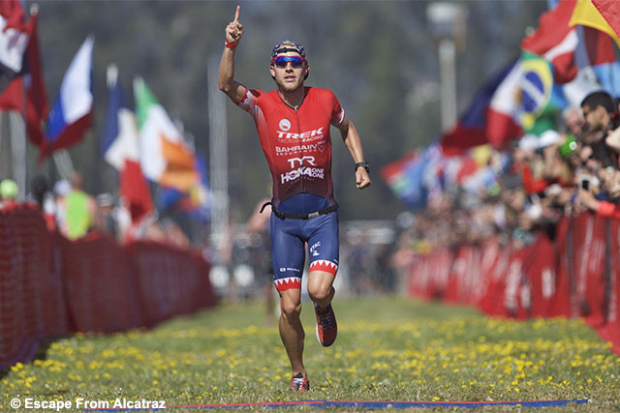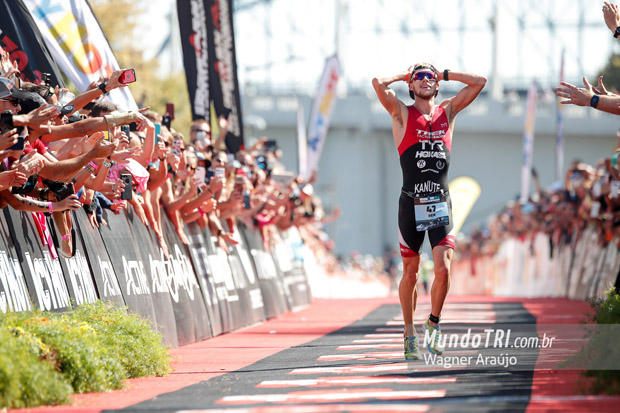A Strategic Approach to Non Draft Races
With another big city non-draft race on Ben’s racing schedule this weekend at Boston Triathlon, it seemed a fitting time to reflect back and share a few of the strategies he has used this past month.
Seven days separated a much different outcome for Ben, as he rebounded from a defeat at Philadelphia Escape Triathlon, to win the New York City Triathlon on July 1st. In both races close battles ensued with renowned triathlete, and multi-time champion of both races, Cam Dye. Heat at both events played a factor and shaped Ben’s strategy in New York after pushing too hard and blowing up in Philly.
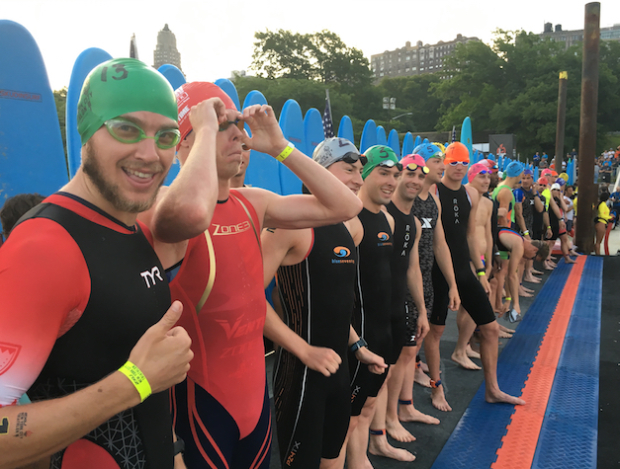
Ben was motivated with a strategy to make smart decisions on the day, and we made a number of adjustments to his workouts during the week, going more aggressive than we had been in the past. Kanute did not feel sharp in the Philly race, and having spent the previous week at altitude for a vacation, we had to be careful not to beat him down in training. Once we realized we had been too conservative, we made some changes with more aggressive days of training in the week between Philly and NYC. He responded well, with a very strong run on a tough course, in hot conditions, to take the win.
So how did the race break down? You can see Ben’s NYC Triathlon bike power data HERE.
You can see how the effort started above FTP, but then mostly stayed just below it, as the dotted line in the graph represents his FTP (~380w). Ben exited T1 with Cam, and made the decision that based on the conditions, it was best to let Cam set the pace. Some may look at the intensity of his bike power, at .91, and think that’s a bit light for a 55 min bike ride. That is correct, but after blowing up in the Philly heat the week before, he made a conscious choice to hold back, and take more risks during the run.
Some basic numbers from the race:
– Avg power 331w
– Adjusted power 344w
– Standard Deviation 76w
– Avg Cadence 101 rpm
– 1274 feet of climbing
Some stats that really stuck out:
– The Adjusted Power of this Olympic distance, 40K bike ride, is only 10 watts higher than what he rode at the 70.3 World Championships last September. This says a lot about how hard a 70.3 distance bike effort truly is!
– Ben spent a total of less than 90 secs NOT pedaling in the race, (according to the Today’s Plan “No Power” metric), and this may include a few seconds in T2. This means he was very steady and consistent in his effort, not allowing a lapse in effort to let other athletes catch up. Cam setting the pace probably helped him keep the effort up too!
– Kanute had a very high cadence of 101 rpm average
– The bike course is not flat, with 1274 feet of climbing over the 25 miles
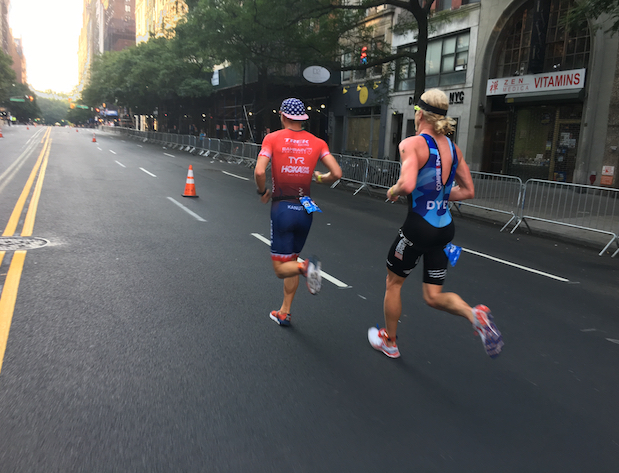
The run course in NYC’s Central Park is also surprisingly challenging, with rolling hills. It is a common belief among those who haven’t been through it, that it is as flat as the streets of Manhattan, but that is not the case.
HERE is his NYC Triathlon run power and pace data.
Some basic numbers from the race:
– Avg run power 341w
– Standard Deviation 25w
– Avg run pace 5:34 min/mi
– Avg HR 170 bpm
– Avg Cadence 198 spm (99 rpm)
– 243 feet of climbing
– percentage of time>FTP = 16%
Some stats that really stuck out:
– With an uphill run for mile 1, (31% of the elevation gain of the course happens in mile 1), it isn’t surprising to see Ben’s run power above his run FTP. This is one of the areas where run power data can tell a lot more than run pace can. His first mile was 5:17, at 375w, while the second mile was 5:26, at 348w, or about 7% lower watts for only 9 secs slower, when the 2nd mile is mostly flat to downhill. He spent much of mile 1 above his run FTP, (16% of the run time), so this difference is small in run pace, but very high in run power.
– After the first mile, Ben stays below his run FTP, conserving for the heat and running efficiently, after he took the lead from Cam.
– There are two hills in the final mile and a half, and Ben is able to use the downhills to lower his HR. You can tell he is still running fairly quickly, as his Leg Spring Stiffness, (LSS, blue line), increases all the way to the finish. – Running downhill effectively requires a very strong LSS usually.
There is of course, no opportunity for a “No Power” metric here, because you can’t coast in running, but downhill running pace relative to HR and LSS tells us a lot about how he was able to conserve to be ready for a sprint at the end, should it have been necessary.
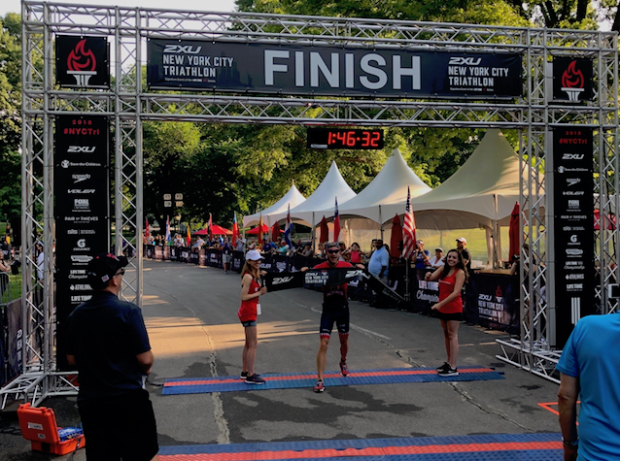
It was a great battle of three races between Cam and Ben, with Alcatraz, Philly and NYC, and both athletes proved to be formidable competitors, pushing one another in each race and making those races entertaining from start to finish.
Following this upcoming weekend’s Boston Triathlon, Ben will turn his attention to the 70.3 World Championships in Port Elizabeth, South Africa. Exciting times ahead!
Jim Vance is the personal coach of Ben Kanute, and author of Triathlon 2.0, and Run With Power. His website is CoachVance.com


